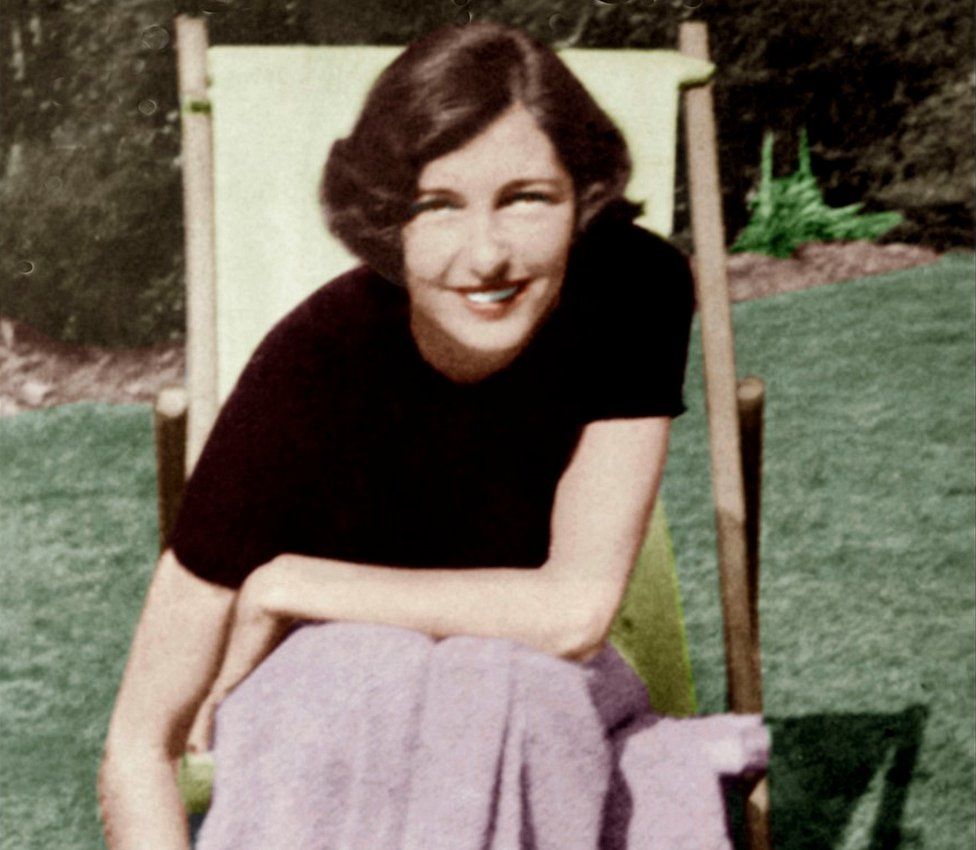How could she have been forgotten?
Over the following years, the Polish exile became the stuff of legend in the intelligence community. "She was this countess who had all of these connections to varying people in the know," Mulley explains. ...
In 1944, she climbed up to a German garrison based on a strategic pass in the Alps. Using a loudhailer, she convinced a group of 63 Polish officers forced into the German army to sabotage the military installations and desert, causing the garrison's commander to surrender. ...
Yet in spite of her heroism, come the end of the war, in Britain Granville would find the country for which she had repeatedly risked her life had seemingly abandoned her.
"The last entry in the British files that relates to her, and this is just a quote from it, it says 'she is no longer wanted'," explains Mulley. ...
Even though Granville was unable to return to communist-controlled Poland because of the likelihood of her being targeted by the Soviet secret services, her temporary UK papers were not renewed and she had to leave Britain.
Granville would return to the UK to refuse to accept a George Medal and OBE awarded to her for her war efforts, thereby shaming the government into finally offering her citizenship. She ended up accepting the awards. ...
Mulley, who has been working to have Granville's achievements more widely recognised, successfully organised in 2020 for a blue plaque to be placed on Number 1 Lexham Gardens, which was once the Shelbourne Hotel and is still a hotel today. Mulley was also behind the creation of a Granville Suite at the luxury hotel The OWO,
which opened in September in what was once the Old War Office in Whitehall.
"She's fallen between the lines and I think that's what's happened to her story as well," Mulley says. "So I'm out there, solo championing her."
Claire Mulley's latest book Agent Zo tells the tale of Polish World War Two resistance fighter Elżbieta Zawacka and will be published in May.
https://www.bbc.co.uk/news/uk-england-london-67298675



